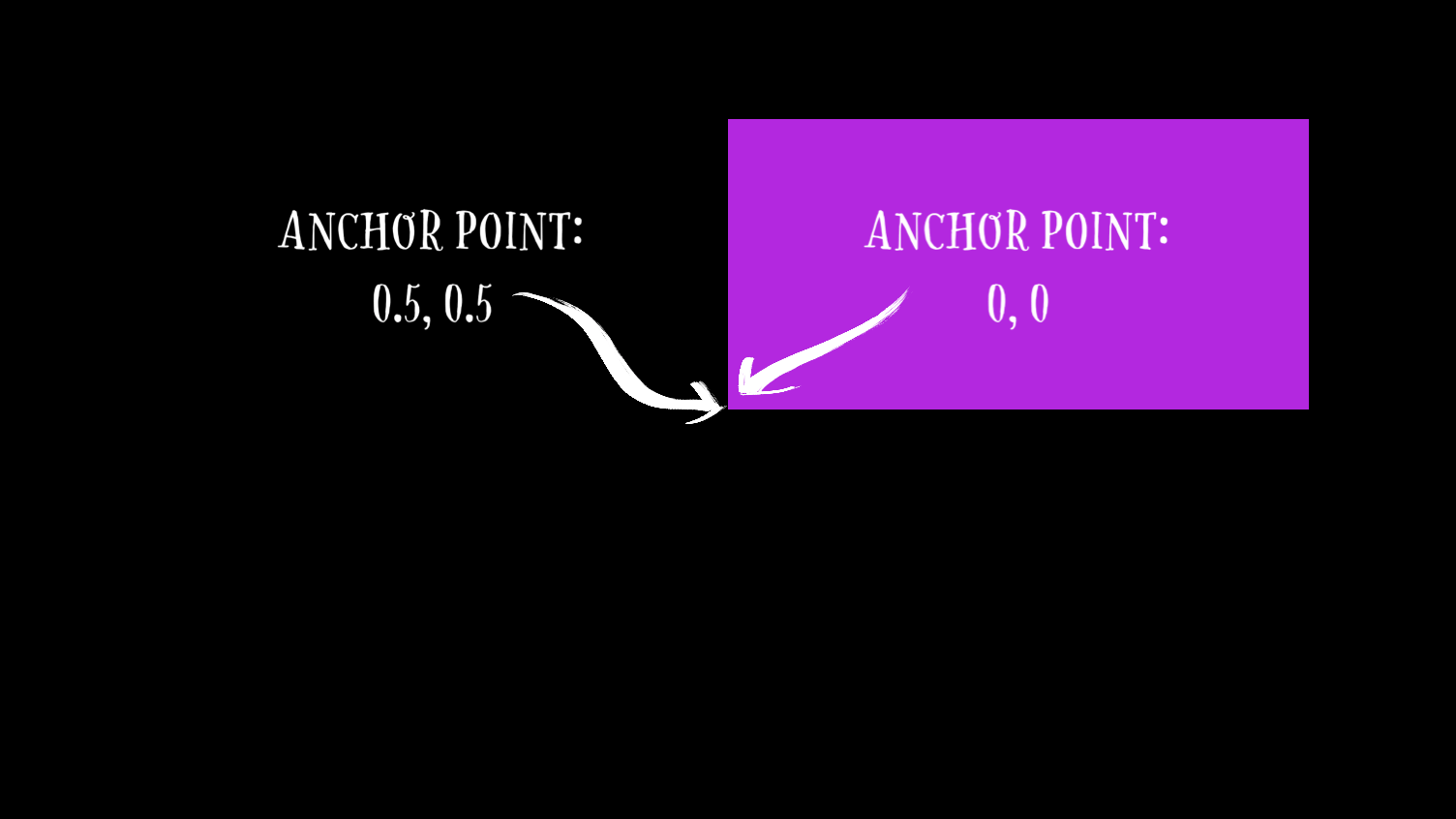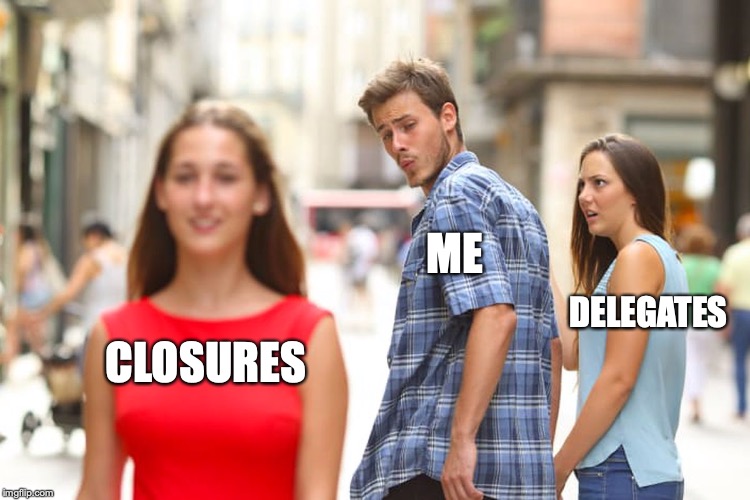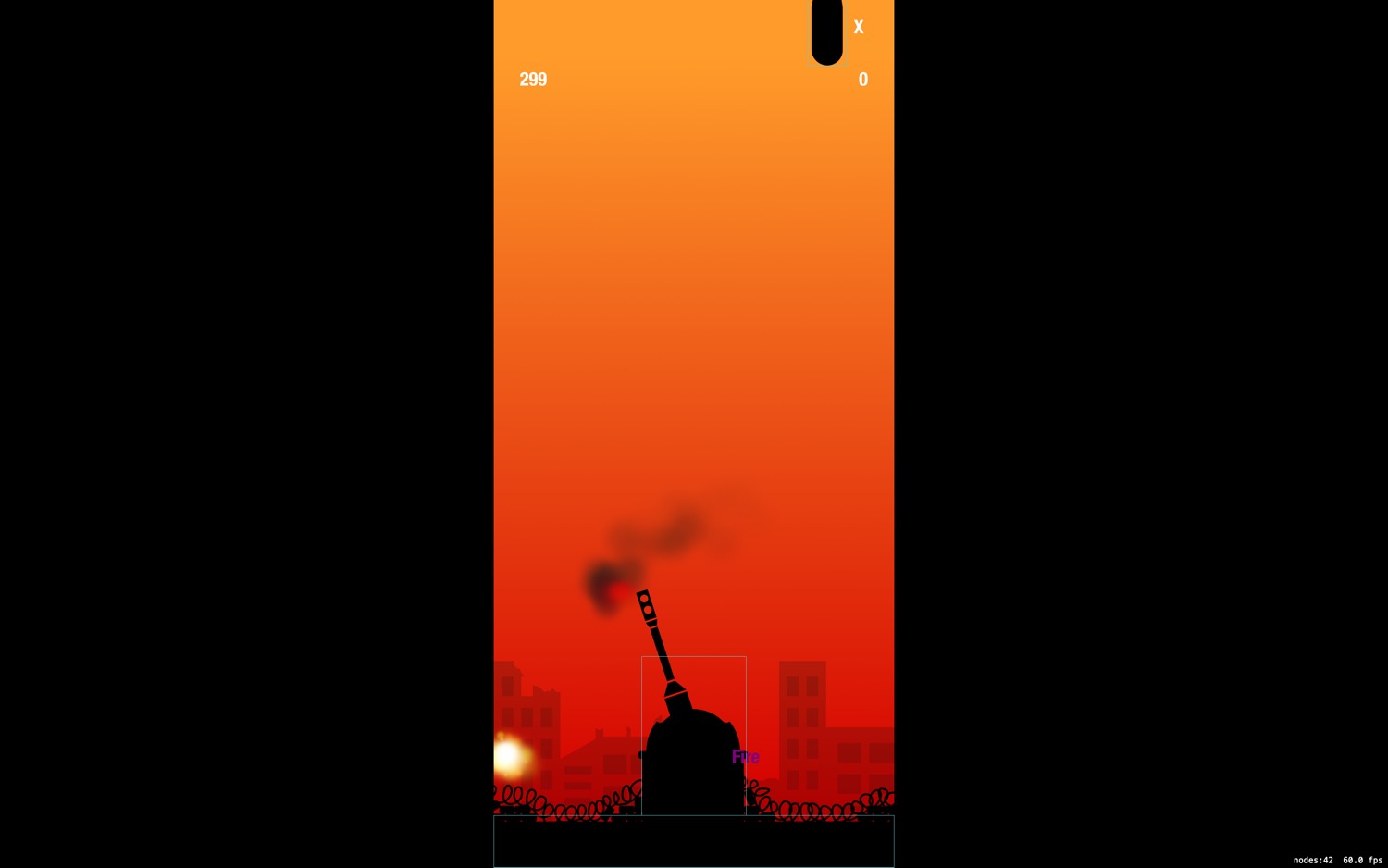/Dev/World is a three day conference in Melbourne covering everything Apple-related. It was my first time there and it was incredible. All of the talks were excellent and everyone was welcoming and friendly.
These are my notes, published here mostly so that I can tie all the things I learned directly back to the people who taught me. Blockquotes are paraphrased from the talks.




